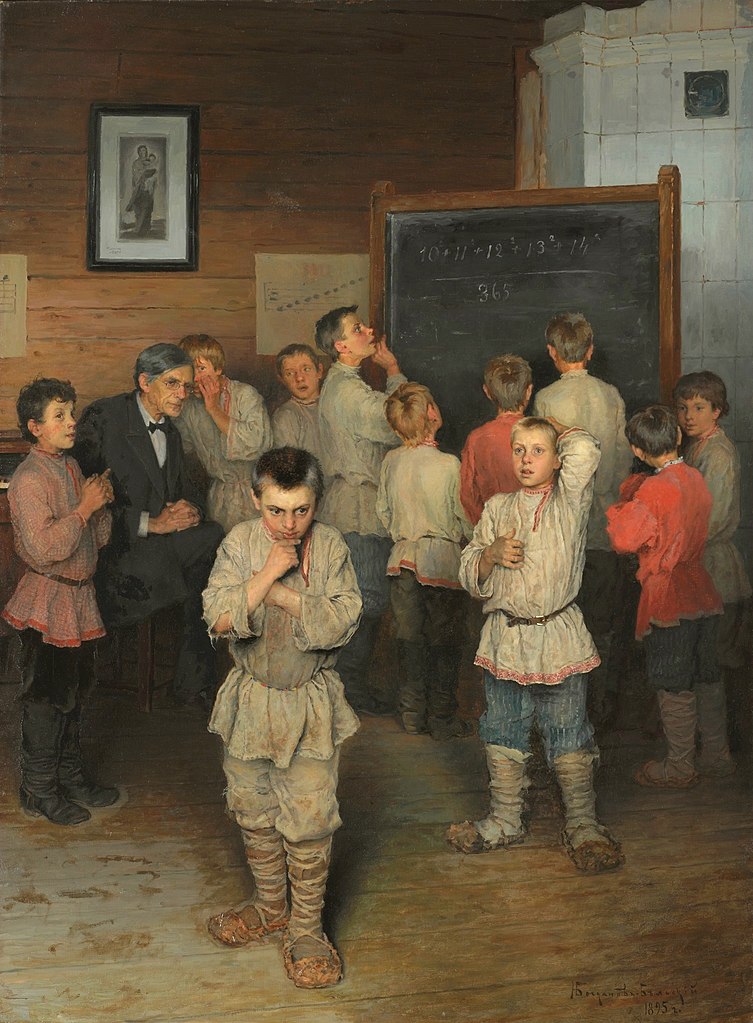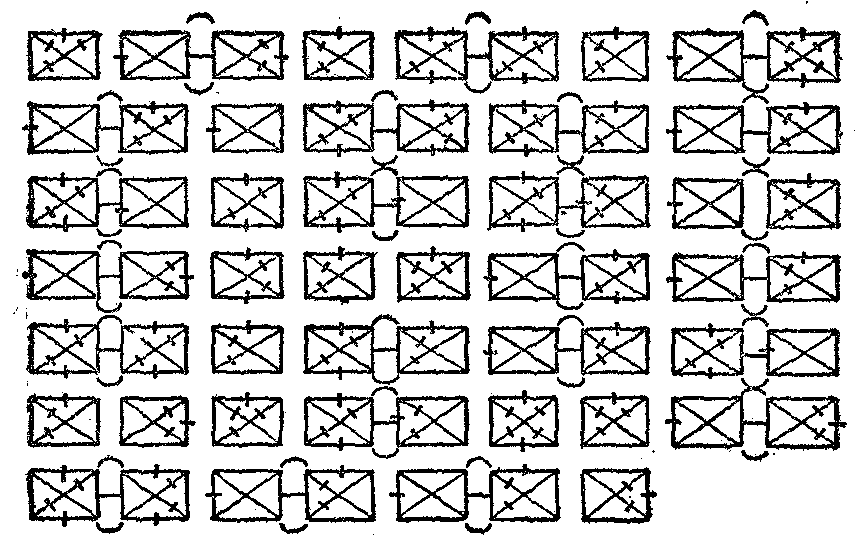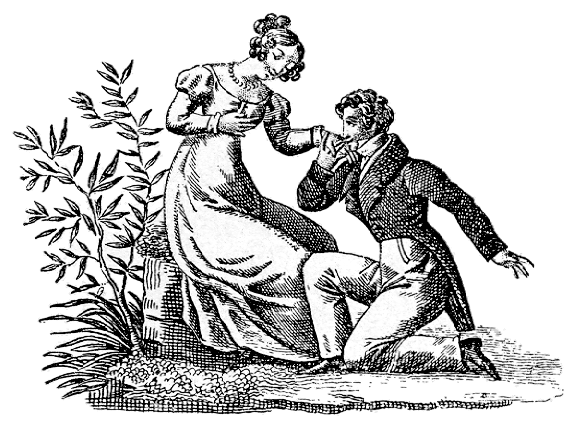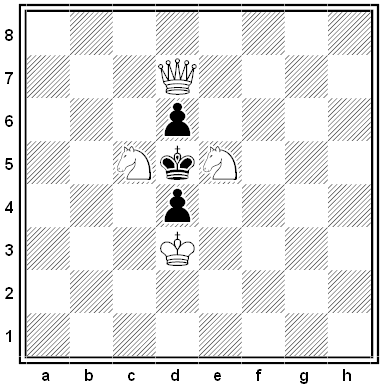bafflegab
n. official or professional jargon which confuses more than it clarifies; gobbledegook
This is such a useful word that its coiner actually received an award. Milton A. Smith, assistant general counsel for the American Chamber of Commerce, invented it to describe one of the incomprehensible price orders published by the Chamber’s Office of Price Stabilization. His comment, published in the Chamber’s weekly publication Washington Report in January 1952, was lauded in an editorial in the Bellingham [Wash.] Herald, which sponsored a plaque.
Smith said he’d considered several words to describe the OPS order’s combination of “incomprehensibility, ambiguity, verbosity, and complexity.” He’d rejected legalfusion, legalprate, gabalia, and burobabble.
At the award presentation, he was asked to define his word briefly. He answered, “Multiloquence characterized by consummate interfusion of circumlocution or periphrasis, inscrutability, and other familiar manifestations of abstruse expatiation commonly utilized for promulgations implementing Procrustean determinations by governmental bodies.”






